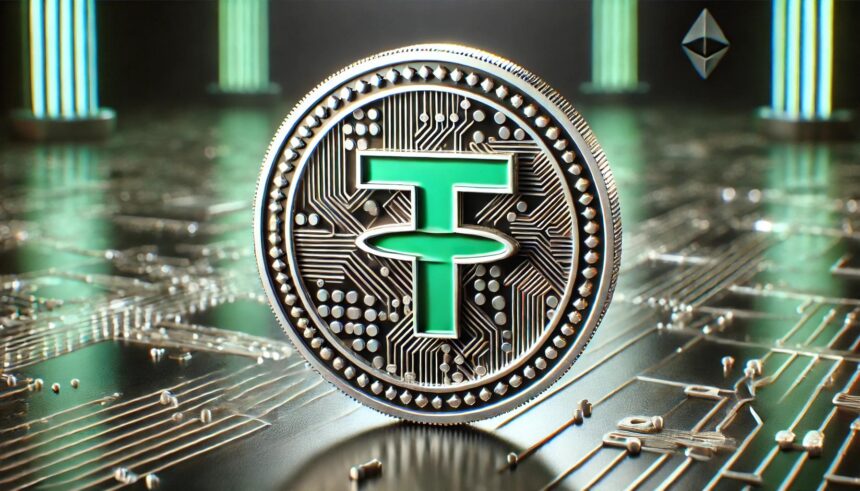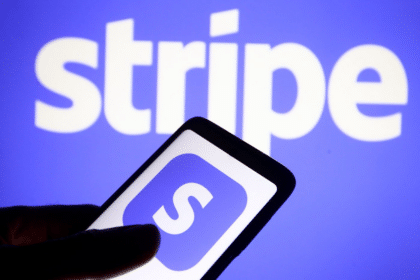Tether, a prominent stablecoin in the cryptocurrency market, has revolutionized digital transactions by offering stability alongside blockchain’s benefits. Unlike other volatile cryptocurrencies, Tether is pegged to real-world assets like the US dollar, minimizing price fluctuations. This stability makes Tether particularly appealing to traders and investors looking for a reliable digital asset. As we delve deeper into its functionality, benefits, potential risks, and future prospects, understanding Tether’s unique mechanism will help clarify why it stands out in an ever-evolving market.
Understanding Tether Coin: An Overview
Tether, often abbreviated as USDT, is a cryptocurrency that aims to provide stability by pegging its value to traditional fiat currencies like the US Dollar. This setup classifies Tether as a stablecoin.
Key Characteristics of Tether:
- Value Stability: One Tether coin equals one US Dollar, maintaining relative price stability.
- Blockchain-Based: Utilizes blockchain technology for transparency and efficiency.
- Wide Acceptance: Accepted on numerous cryptocurrency exchanges globally.
Uses for Tether:
- Trading: Helps traders avoid market volatility.
- Remittances: Facilitates quick, low-cost transfers across borders.
- Store of Value: Serves as a safer placeholder during uncertain market conditions.
Tether streamlines the transition between cryptocurrencies and fiat money, making it an essential tool for both seasoned traders and crypto novices.
How Tether Coin Works: The Mechanism Behind the Cryptocurrency
Tether (USDT) operates on a straightforward yet robust mechanism that ensures stability in the volatile world of cryptocurrencies. Here’s an overview of how it works:
- Asset Reserve: Each Tether coin in circulation is pegged to a traditional fiat currency, like the US Dollar (USD), and is backed by actual reserves held by the company.
- Blockchain Technology: Tether utilizes blockchain technology, similar to Bitcoin and Ethereum, to facilitate secure and transparent transactions.
- Transparency: Regular audits guarantee that the reserves match the circulating supply of Tether, reinforcing trust among users.
- Issuance and Redemption: Users can issue Tether by depositing fiat currency and can redeem Tether for actual fiat currency, maintaining its value parity.
This mechanism ensures Tether’s value remains consistent, providing a reliable option for trading and transactions.
The Benefits of Using Tether Coin
Tether offers several advantages that make it appealing to cryptocurrency enthusiasts:
Stability: Unlike other cryptocurrencies, Tether boasts price stability by being pegged to a reserve of real-world currencies like the USD. This helps mitigate the volatile nature of cryptocurrency markets.
Fast Transactions: Tether transactions are quick and efficient, providing faster transaction speeds compared to traditional banking systems.
Low Fees: Using Tether can incur lower transaction fees, making it more cost-effective for international remittances and payments.
Liquidity: Tether’s high liquidity allows for easier conversion into other cryptocurrencies or fiat money, facilitating seamless trading.
Transparency: Regular audits ensure transparency, providing users with greater confidence in Tether’s value.
These benefits highlight why Tether continues to be a preferred choice for many users in the crypto ecosystem.
Potential Risks and Criticisms of Tether Coin
Despite its popularity, Tether faces several risks and criticisms:
- Transparency Concerns: Critics often highlight the lack of transparency regarding Tether’s reserves. Many question whether Tether holds enough USD to back all its tokens.
- Regulatory Risks: Tether operates in a rapidly changing regulatory landscape. Potential legal actions and regulatory impositions may affect its stability.
- Market Manipulation: Some argue that Tether can be used to manipulate the cryptocurrency market by artificially inflating prices.
- Centralization Issues: Unlike other cryptocurrencies, Tether is more centralized, raising concerns about control and decentralization.
Comparison of Tether with Other Stablecoins:
| Feature | Tether (USDT) | USD Coin (USDC) |
|---|---|---|
| Transparency | Often questioned | Regularly audited |
| Regulation | Increasing scrutiny | Compliant |
| Centralization | Centralized | Centralized |
These factors collectively contribute to ongoing debates about Tether’s reliability and safety in the crypto ecosystem.
The Future of Tether Coin: Market Predictions and Developments
The future of Tether remains a topic of robust debate among cryptocurrency enthusiasts and investors. As a stablecoin, Tether offers unique stability compared to other cryptocurrencies, thanks to its 1-to-1 peg with the US dollar.
Market Predictions:
- Continued Dominance: Many experts predict Tether will maintain its position as the leading stablecoin, mainly due to its widespread adoption and liquidity.
- Regulatory Scrutiny: Increased regulatory scrutiny could pose challenges but may also bring more transparency and trust.
Developments:
- Integration with Decentralized Finance (DeFi): Tether is expected to integrate more with DeFi platforms, enhancing its utility.
- Technological Upgrades: Ongoing technological improvements could enhance security and efficiency.
In conclusion, Tether’s future seems promising, balanced by potential hurdles and exciting developments.
Frequently Asked Questions
What is Tether Coin?
Tether Coin, abbreviated as USDT, is a type of cryptocurrency known as a stablecoin. Unlike traditional cryptocurrencies like Bitcoin or Ethereum, which can experience significant price fluctuations, Tether is designed to maintain a stable value by pegging its worth to a fiat currency such as the US Dollar. This stability makes it a popular choice for traders and investors who wish to mitigate the risks associated with volatility in the cryptocurrency market.
How Does Tether Maintain Its Value?
Tether maintains its value through a 1:1 backing with the US Dollar. This means that for every Tether coin in circulation, there is an equivalent amount of US Dollars held in reserve. This reserve acts as a collateral that ensures the token’s value remains stable. The company behind Tether claims to hold these fiat reserves in bank accounts and undergoes periodic audits to verify the holdings. By maintaining this peg, users can trust that each USDT will always be worth approximately one US Dollar.
What Are the Use Cases for Tether?
Tether has several practical applications in the cryptocurrency ecosystem. Firstly, it acts as a medium of exchange, allowing users to buy, sell, and trade other cryptocurrencies without worrying about price fluctuations. Secondly, it can be used for transferring value across borders quickly and efficiently, as it leverages blockchain technology. Thirdly, Tether is often used in decentralized finance (DeFi) platforms and cryptocurrency exchanges as a base trading pair, providing liquidity and stability. Overall, Tether offers a way to hedge against volatility while still participating in the digital asset economy.





























